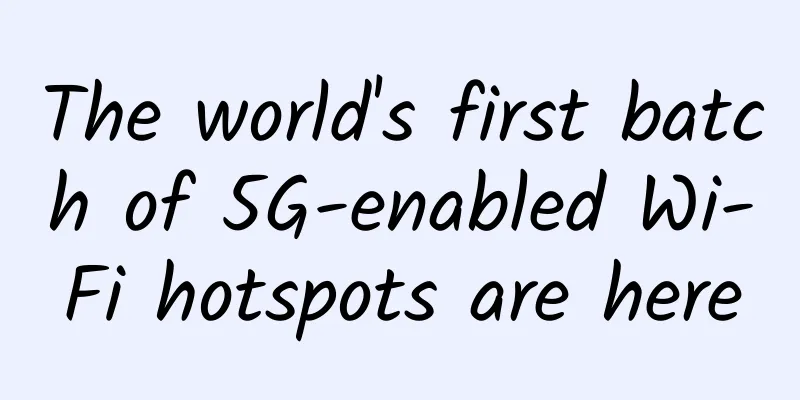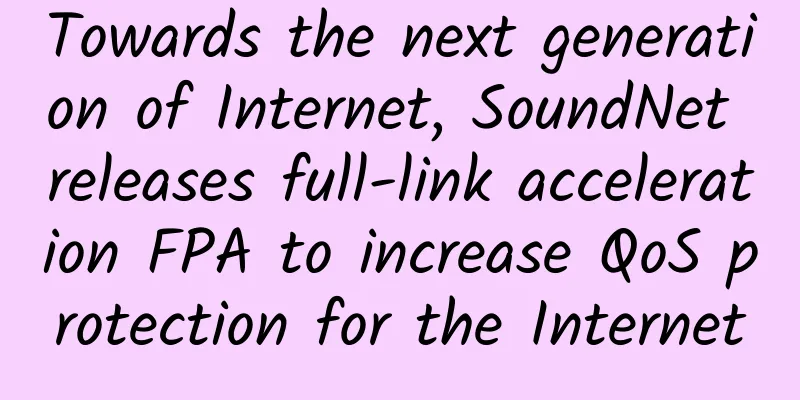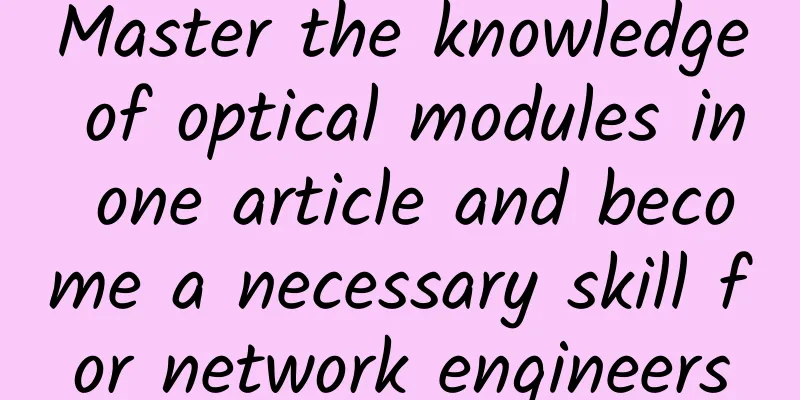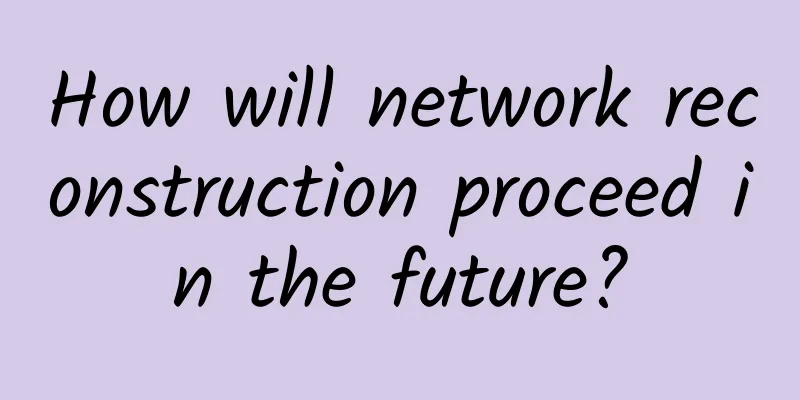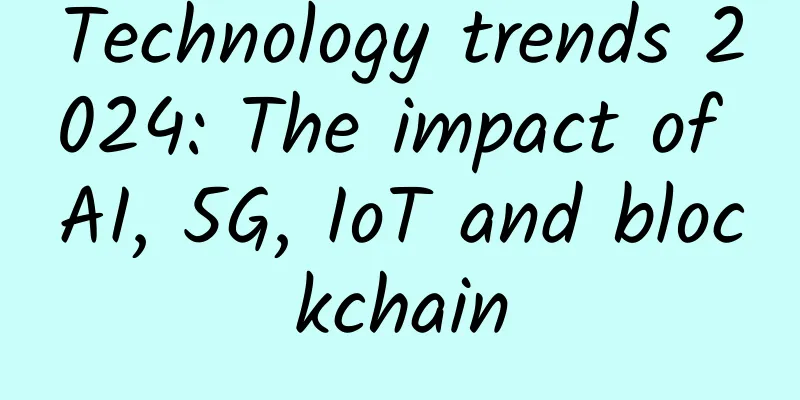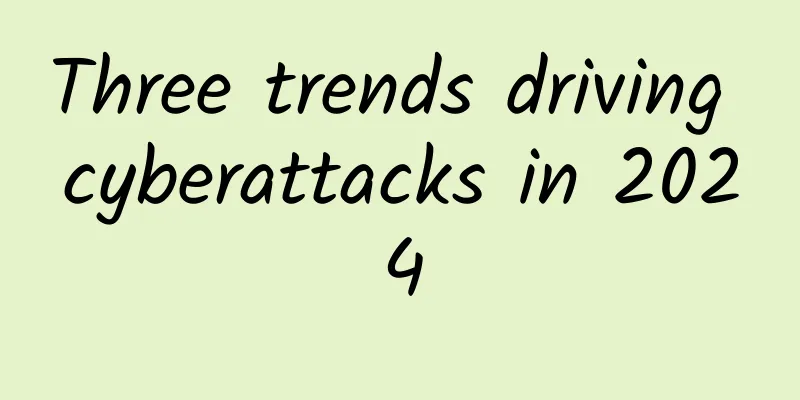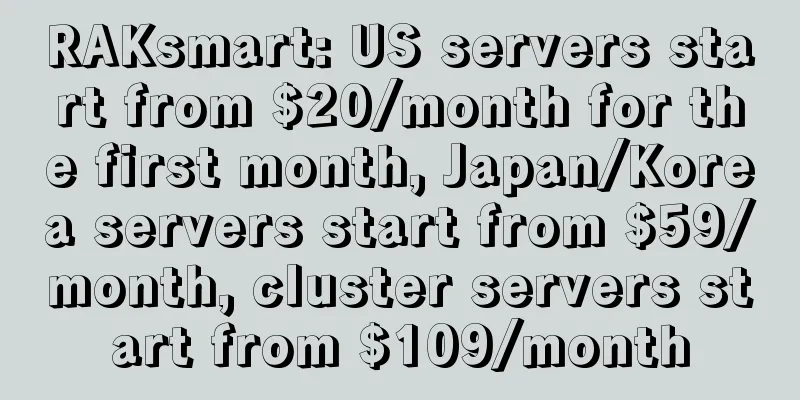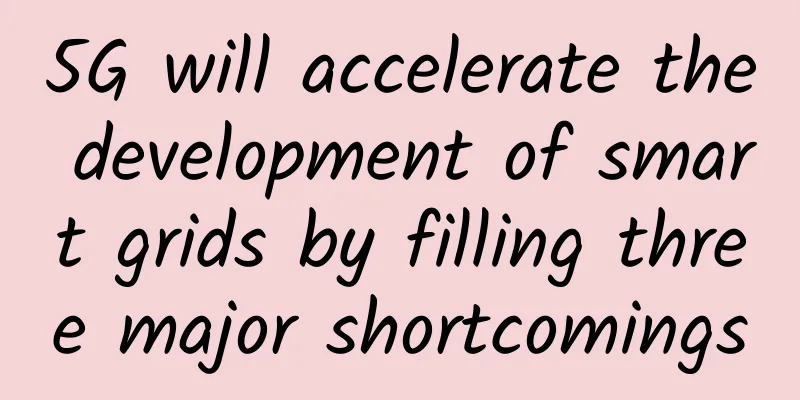In which industries can blockchain be applied?
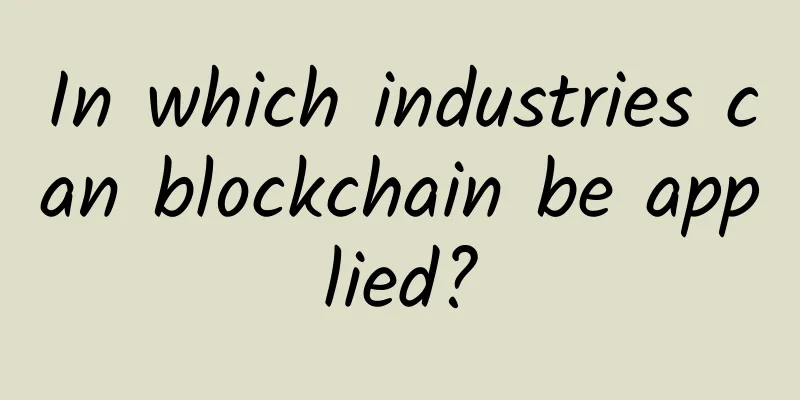
|
In recent years, blockchain technology has become very popular. Tmall Global uses blockchain technology to trace the source of goods and thus ensure the production process of product quality. Some high-end tea product companies also use blockchain technology to increase the credit endorsement of products. Even in international settlements, blockchain technology is widely used to achieve the layout of de-dollarization. Bitcoin, which has been strictly regulated recently, is one of them. So what industries can blockchain technology be applied to? Introduction to the core technology of blockchain Blockchain mainly solves the trust and security issues of transactions, so it proposes four technical innovations to address this problem: The first is called distributed ledger, which means that transaction accounting is completed by multiple nodes distributed in different places, and each node records a complete account, so they can all participate in supervising the legality of transactions and can also jointly testify for them. Unlike traditional centralized accounting solutions, no node can record accounts alone, thus avoiding the possibility of a single accountant being controlled or bribed to record false accounts.
On the other hand, since there are enough accounting nodes, theoretically, unless all nodes are destroyed, the accounts will not be lost, thus ensuring the security of account data. The second is called symmetric encryption and authorization technology. The transaction information stored on the blockchain is public, but the account identity information is highly encrypted and can only be accessed with the authorization of the data owner, thus ensuring the security of data and personal privacy. The third one is called consensus mechanism, which is how all accounting nodes reach a consensus to determine the validity of a record. This is both a means of identification and a means of preventing tampering. Blockchain proposes four different consensus mechanisms, which are suitable for different application scenarios and strike a balance between efficiency and security. Taking Bitcoin as an example, it uses proof of work. Only when more than 51% of the accounting nodes in the entire network are controlled can a non-existent record be forged. When there are enough nodes joining the blockchain, this is basically impossible, thus eliminating the possibility of forgery. The fourth technical feature is called smart contracts. Smart contracts are based on these reliable and unalterable data, and can automatically execute some pre-defined rules and terms. Take insurance as an example. If everyone's information (including medical information and risk information) is authentic and reliable, it is easy to automate claims in some standardized insurance products. In the current insurance business, disputes between insurance companies and policyholders often occur. Either the policyholder provides false personal information to defraud insurance, or there are disagreements on the recognition of exemption clauses during claims. The key to these problems lies in the lack of a authentic and reliable data collection and storage method for the policyholder's personal information. With the advancement of national systematic projects such as the digitization of medical information and the personal credit system, more and more authoritative data sources are emerging. If these data can be introduced and stored on the blockchain, they will become the digital identity of everyone. The data on them is authentic, cannot be tampered with, synchronized in real time, and valid for life, which will bring great benefits to the insured's risk management. First, the data between different companies can be connected and referenced to each other, so as to timely discover information such as duplicate insurance and historical claims, and timely discover high-risk users. Second, the data of different industries can be introduced into the blockchain to improve the accuracy and efficiency of underwriting and claims. Take the example of critical illness insurance. If all the medical records of the insured, even the medical records of the immediate family members, can be queried on the blockchain, the insured’s current physical condition, medical history, and family medical history will have first-hand information, effectively preventing insurance with illness. For example, Tongxin Huzhu, the first online mutual aid platform in China that uses blockchain technology as its core, uses blockchain technology to achieve decentralized information sharing on the basis of traditional mutual aid platforms, and innovatively realizes comprehensive and transparent operations, building a fair, just, open, safe and efficient open mutual aid information service platform for the public. Blockchain technology is currently the hottest technology in Fintech. Blockchain was first used in the distributed ledger technology of Bitcoin encryption. Any Bitcoin transaction will be recorded on the entire network, and all computers involved in Bitcoin transactions will obtain the transaction record. This technology is decentralized, that is, there is no need for an institution to dominate the release and transaction of Bitcoin; at the same time, it is anti-repudiation and anti-hacker. If a hacker wants to modify his Bitcoin account, he must modify the records of all computers in the entire network at the same time, which is almost impossible. These characteristics make Bitcoin have application prospects in many fields: 1. Monetary and fiscal policy Central banks in many countries, including China, are paying attention to blockchain technology, which can record the currency in every transaction, and know which people and industries are circulating the currency. The central bank can use blockchain technology and big data analysis to accurately implement fiscal and monetary policies. In the past, after issuing currency, the central bank could only judge based on market reactions, past experience and macro data, and monetary and fiscal policies often lag behind. At the same time, blockchain can prevent money laundering, which is more efficient and scientific than the Indian Modi government's demonetization order. 2. Clearing and settlement of financial transactions Banks are essentially safe warehouses and transmission hubs for funds, and blockchains have similar functions as digital, secure and tamper-proof ledgers. This means that the disruptive wave based on blockchains may have a profound impact on banks in the future. In fact, both UBS and Barclays Bank of the United Kingdom have begun to experiment with blockchain technology to speed up back-end settlement functions. Some banks even say that blockchains can reduce intermediary costs by at least $20 billion. 3. E-commerce payments and transfers In a recent report, the World Economic Forum believes that decentralized payment technology could change the institutional structure of the money transfer business that has remained unchanged for more than 100 years. Blockchain can bypass these cumbersome systems and create a more direct payment process. This will cross borders, without intermediaries and with extremely low fees, and most importantly, it can be transferred almost instantly. 1) Car sales Visa and DocuSign announced a collaboration late last year, hoping to build a verification program with the help of blockchain, and eventually allow consumers to verify car rentals in just a few simple steps of "click, sign and drive away". Potential customers select the car rental they want and then enter the blockchain public transaction ledger; the customer sits in the driver's seat and completes the signing of the car rental agreement and an insurance policy, and the blockchain will update this information. This is not an exaggerated imagination process, as technology develops, future car sales are likely to enter this market. 2) Online Music Many music artists are looking to blockchain as a way to make online music sharing more equitable. According to a report by Biilboard, two companies are trying to solve this problem by paying artists more directly and using smart contracts to automatically resolve licensing issues. PeerTracks is developing a streaming platform that aims to provide music, where users can listen to music online and pay artists directly using blockchain technology without any intermediaries. The platform hopes to allow more direct contact between artists and users. Ujo Music, founded by entrepreneur Phil Barry, says blockchain is rebuilding the music industry. It hopes to solve the problem of how artists are paid in streaming music. In addition to streaming, Ujo also envisions using the autonomous brain behind smart contracts to better build catalogs for artists and creators. 4. Internet of Things 1) Network equipment IBM and Samsung have been working on developing ADEPT, which uses blockchain technology to form the backbone of a distributed network of IoT devices. With the adeptness of ADEPT, which stands for Independent Decentralized Peer-to-Peer Telemetry, the blockchain will serve as a public ledger for devices, which will no longer require a central hub to mediate the huge amount of information communicated between them. According to CoinDesk, without a central control system to identify each other, these devices will be able to communicate with each other autonomously, manage software updates, correct errors or implement energy management. Others are also looking to build IoT platforms based on blockchain technology, such as Filament, which has built a decentralized network that will use blockchain sensors to communicate with each other. The company recently received $5 million in Series A funding, with participation from Verizon and Samsung. 2) Distributed Energy Management Distributed energy management allows each node to produce its own energy while selling excess energy to others. Blockchain can make it easier and more cost-effective to experiment with new barter service systems that are not possible with existing centralized trading models. Blockchain technology also plays a central role in the rise of so-called "virtual power plants (VPPs)", energy resources connected through smart grids that can gather new energy sources such as solar energy and link these resources to demand response programs to help companies reduce energy consumption rates. 5. Cybersecurity The blockchain distributed ledger is public and uses advanced encryption technology to send verified data. This ensures the correct source of the data without any temporary interception during the period. So from this perspective, if blockchain technology is more widely used, the probability of hackers is likely to decrease. And one of the ways to reduce the risks of traditional network security is to eliminate almost all human intermediaries. 6. Fair anti-counterfeiting 1) Academic Verification Holbertson, a software college in California, recently announced that it will use blockchain technology to verify academic certificates, which will ensure the authenticity of the academic certificates obtained by students who claim to have passed the courses set by Holbertson. If more and more schools begin to adopt transparent academic certificates, transcripts, and diplomas, fraud may be easier to solve, not to mention the time and labor costs saved by avoiding manual inspection of paper documents. 2) Voting The West Virginia University Student Government has been thinking about using a voting platform based on blockchain technology. The school's approach is to allow students to vote through their mobile devices, because these votes will be entered into the public ledger and become extremely secure. A student who advocates this innovative form of voting said, "The ballot will never be changed or deleted by university administrators or student programmers." In the future, this technology is likely to be applied to presidential elections in many countries. 3) Smart contracts and smart contracts Smart contracts, which are essentially computer programs that perform functions based on the actions of another object, will enable these contracts to be implemented automatically without human intervention. The use of these contracts may eventually become the death knell for the legal profession, gradually becoming dominant in the drafting and administration of commercial and civil contracts. 7. Social Networking Brazilian programmers used their spare time to develop an alternative to Twitter called Twister. It is a decentralized social network. In theory, no one or organization can shut it down. Moreover, on Twister, other users do not know whether you are online, your IP address, or who you follow. This is a deliberate design to protect user privacy. Users can still use Twister to publish public information, but private information sent by users to others is encrypted and protected. |
<<: What systems does weak current system integration mainly include?
Recommend
Huawei Cloud China Tour in Xi'an invites you to join us and discuss how to collaborate and innovate in the cloud era
[51CTO.com original article] On October 26, 2017,...
China only holds 10% of 5G patents? Don’t worry, there is still a long way to go.
After many rounds of 3GPP meetings and lengthy te...
Juniper Networks wins two awards at the 14th China Enterprise Annual Selection
[51CTO.com original article] At the end of 2019, ...
Zhang Feng attended the 2019 World Telecommunication and Information Society Day Conference and delivered a speech
[51CTO.com original article] On May 17, 2019, the...
Cisco's Wei Songbin: Cisco makes people's work and life smarter, simpler, safer and more convenient
[51CTO.com original article] Reporters have atten...
[Black Friday] HawkHost: Cloud Web Hosting/Semi-Dedicated 70% off, Hong Kong/Los Angeles and other data centers
HawkHost's Black Friday promotion this year i...
Performance improvements of Http/2 compared to Http/1.1
What has changed since HTTP/1.1 was invented? HTT...
Unity Online Technology Conference officially opens, with major upgrades to hardcore technology
Beijing, November 17, 2020 - On the evening of th...
ZJI: 55% off on Hong Kong Kwai Wan dedicated servers, E3/E5 servers CN2+BGP lines starting from 550 yuan/month
As autumn is approaching, ZJI has launched a prom...
Gcore: Miami E5-2623v4 CPU dedicated server 25% off, supports Alipay
The blog has shared G-core (gcorelabs) products a...
Operators are once again caught in the whirlpool of public opinion about "stealing traffic"; optimizing billing methods may alleviate user doubts
Operators are once again at the center of controv...
HostDare Double 11: 35% off Los Angeles KVM/CN2 GT annual payment starting from US$25.99
HostDare, which has been silent for almost a year...
Will 5G charges be "cheap"? Operators: Not very expensive
From the issuance of 5G commercial licenses to th...
New in Los Angeles CN2 GIA/Japan SoftBank special price starting from $93 per year
BandwagonHost has launched a SPECIAL 40G KVM PROM...
The communication AI market will reach $38.8 billion in 2031. The integration of 5G/6G and AI can bring multiple benefits.
The global deployment of 4G and 5G is faster than...
